Chipotle Chili: The Smoky Secret Behind That Fiery Flavor
Table of Contents
- What Exactly Is Chipotle Chili?
- A Taste of History: From Aztecs to Modern Kitchens
- Heat Level & Flavor Profile: Is It Hot or Not?
- How to Use Chipotle Chili in Your Cooking
- Substitutes and Alternatives: What If I Can't Find Chipotle?
- Health Benefits and Cautions
- Conclusion: Spice Up Your Life with Chipotle!
What Exactly Is Chipotle Chili?
So you're staring at the spice aisle, scratching your head. What even is chipotle chili? Is it a powder? A pepper? A state of mind? Well, let’s clear that up real quick.
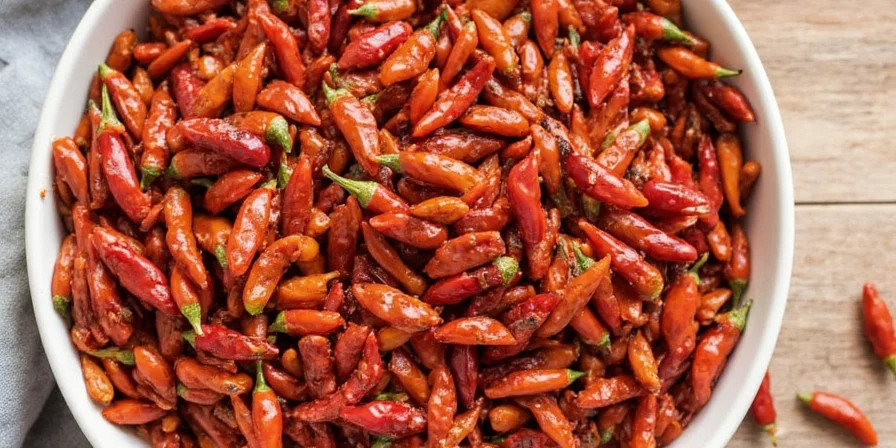
Photo: Dried chipotle peppers ready for use.
The chipotle chili (pronounced chi-POAT-lay) starts its life as a ripe jalapeño pepper. But instead of being used fresh, these jalapeños are smoked and dried, giving them that deep, smoky flavor that’s become so popular in everything from sauces to soups to rubs.
Yes, chipotle literally means “smoked chili” in Nahuatl, the language of the Aztecs. And now it's part of our modern culinary vocabulary too—especially if you’ve ever ordered a burrito with “a little kick.”
A Taste of History: From Aztecs to Modern Kitchens
Before we dive into how to cook with chipotles, let’s take a quick trip back in time. Because believe it or not, chipotle has been around since before tacos were trendy.
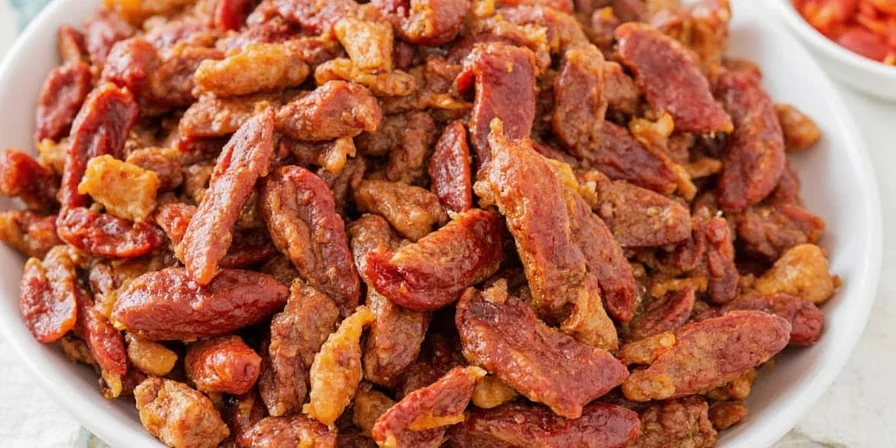
Photo: Ancient Aztec depictions of smoking foods.
The tradition of smoking jalapeños dates back to ancient Mesoamerica, where the Aztecs smoked various types of chilies to preserve them for months (and sometimes years!). Without refrigeration, smoking was a clever way to keep food from spoiling—and it just so happened to add a delicious layer of flavor.
In modern times, especially after the Spanish colonization, the use of chipotle spread throughout Mexico and eventually made its way into American cuisine. Today, thanks to brands like Adobo by Ortega and global fast-casual chains like Chipotle Mexican Grill (which named itself after this very chili), chipotle is now a household name across the world.
Heat Level & Flavor Profile: Is It Hot or Not?
If you’re wondering whether chipotle brings the heat, here’s the deal: Yes, but not super hot. Let’s break it down:
| Chili | Scoville Heat Units (SHU) | Flavor Profile |
|---|---|---|
| Chipotle Powder | 2,500–8,000 SHU | Smoky, earthy, slightly sweet |
| Jalapeño (Fresh) | 2,500–5,000 SHU | Grassy, crisp, moderately spicy |
| Cayenne Pepper | 30,000–50,000 SHU | Bright, sharp, intensely spicy |
| Habanero | 100,000–350,000 SHU | Fruity, floral, dangerously hot |
As you can see, chipotle isn’t going to melt your taste buds off, but it definitely packs more punch than a regular bell pepper. Its unique appeal lies in its complex, layered flavor—not just heat.

Photo: Side-by-side comparison of chipotle and other common chilies.
How to Use Chipotle Chili in Your Cooking
Now that you know what chipotle is, let’s talk about how to use it like a pro. Whether you're a home cook or a seasoned chef, chipotle is incredibly versatile. Here are some of our favorite ways to use it:
- Make your own adobo sauce: Blend chipotle with vinegar, garlic, spices, and tomato paste for a rich, smoky sauce perfect for meats or drizzling over tacos.
- Add depth to soups and stews: Just a pinch of chipotle powder can elevate the flavor profile of any broth-based dish.
- Spice up grilled meats: Mix chipotle powder with salt, garlic, cumin, and olive oil to create a killer marinade for chicken, pork, or steak.
- Boost your barbecue: Chipotle works wonders in dry rubs for ribs or pulled pork. Try mixing it with brown sugar, paprika, and black pepper for a sweet-and-spicy twist.
- Enhance creamy dips: Stir a bit of chipotle into sour cream or mayonnaise for a zesty dip for fries, taquitos, or grilled veggies.
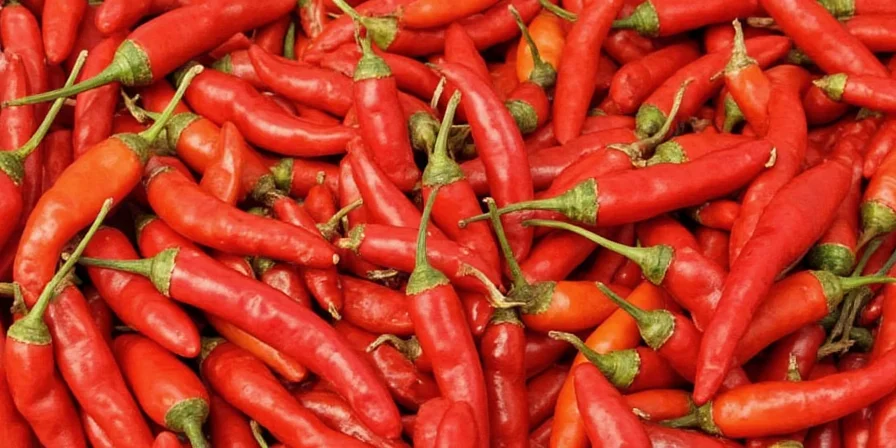
Photo: Chipotle marinade blending ingredients in a bowl.
Tips for Cooking with Chipotle
- Start small—you can always add more later.
- If using whole dried chipotles, soak them in hot water for 20–30 minutes before blending to soften them.
- Store unused chipotles in an airtight container in the fridge—they’ll keep for weeks.
Substitutes and Alternatives: What If I Can't Find Chipotle?
Sometimes chipotle can be tricky to find, especially in rural areas or outside of the U.S. Don’t panic—there are several alternatives that can give you a similar smoky depth:
| Substitute | Flavor Similarity | Best For |
|---|---|---|
| Smoked Paprika | High (but less heat) | Adding smokiness without spiciness |
| Dried Ancho Peppers | Moderate | Rich, fruity flavor with mild heat |
| Cayenne + Smoked Salt | Moderate to high | DIY approach to recreate both heat and smoke |
| Tabasco Chipotle Sauce | Very high | Liquid applications like dressings or sauces |
Pro tip: You can often find chipotle peppers canned in adobo sauce—this is the easiest way to start experimenting without needing a spice grinder!
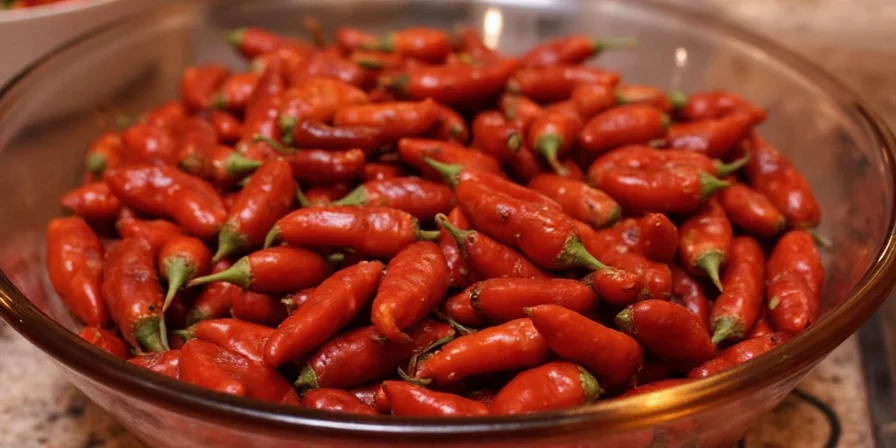
Photo: Chipotle in adobo sauce is a kitchen staple.
Health Benefits and Cautions
Spice lovers rejoice! There's more to chipotle than just bold flavor—it actually comes with some pretty solid health benefits too.
Pros of Eating Chipotle Chili
- Packs a metabolism boost: Capsaicin, the compound that gives chilies their heat, can temporarily increase metabolic rate.
- Anti-inflammatory properties: Capsaicin also has anti-inflammatory effects and may help with chronic pain relief.
- Rich in vitamins: Jalapeños are high in vitamin C and antioxidants, which remain intact even after smoking.
Cons and Precautions
- Heartburn city: Spicy foods can trigger acid reflux in sensitive individuals.
- Skin irritation: Handle raw chipotle peppers carefully—you might get a burning sensation on your skin.
- Gut sensitivity: Some people experience digestive discomfort from spicy foods.
Conclusion: Spice Up Your Life with Chipotle!
From its ancient roots to its modern-day fame, chipotle chili is more than just a buzzword—it’s a flavor powerhouse that deserves a spot in every spice lover’s pantry.
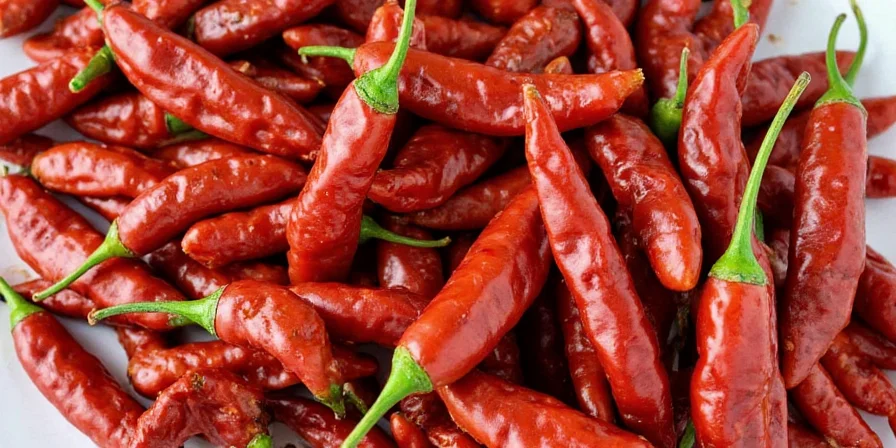
Photo: Tasty grilled chicken seasoned with chipotle.
Whether you’re making a homemade salsa, whipping up a batch of smoky chili, or simply adding a dash to your scrambled eggs, chipotle brings a level of complexity and warmth that few other spices can match.
So go ahead, embrace the smoke, turn up the heat, and let chipotle bring that extra kick to your cooking game. ¡Buen provecho!

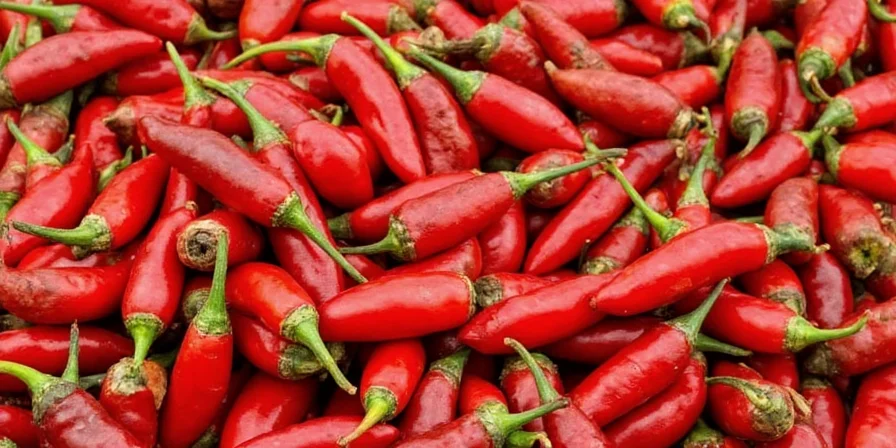









 浙公网安备
33010002000092号
浙公网安备
33010002000092号 浙B2-20120091-4
浙B2-20120091-4